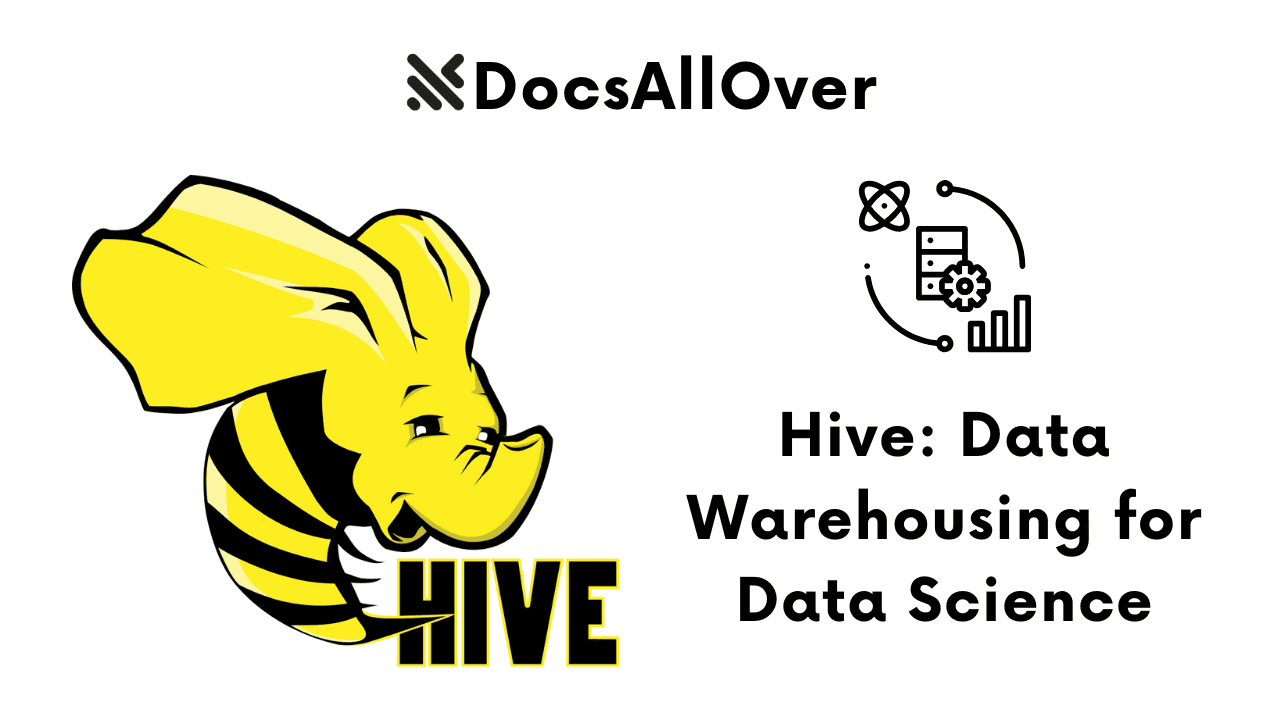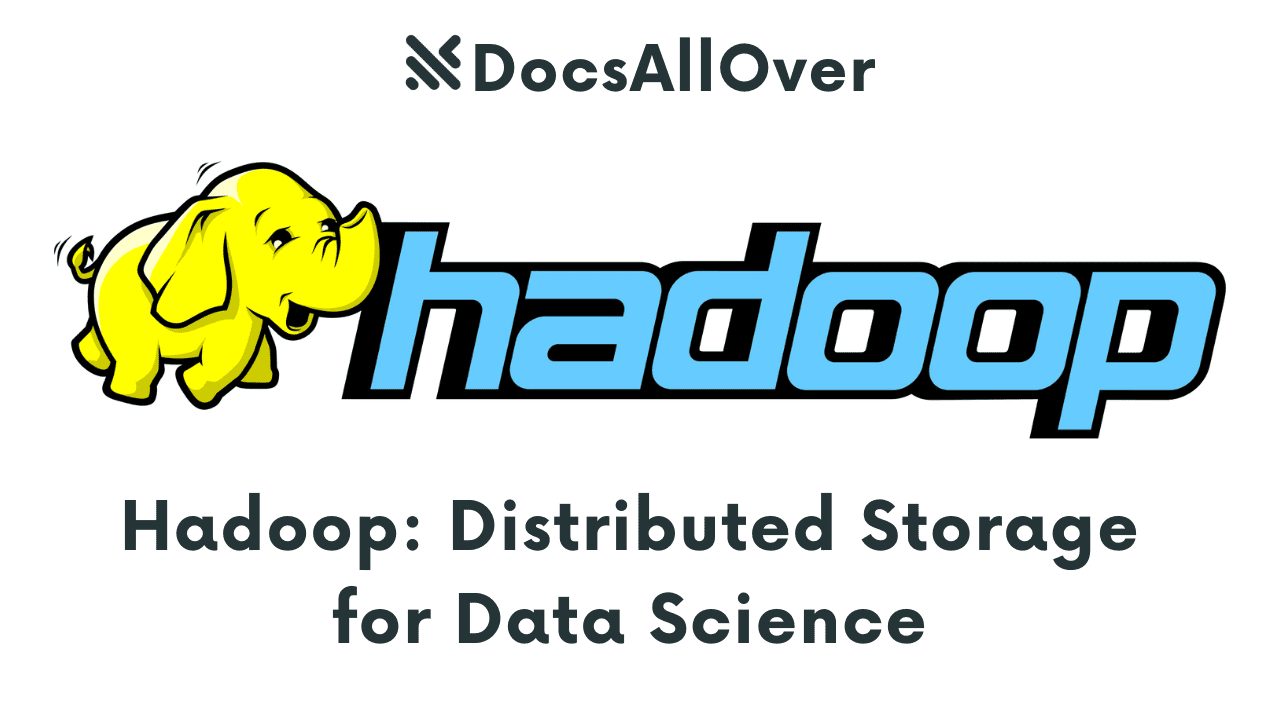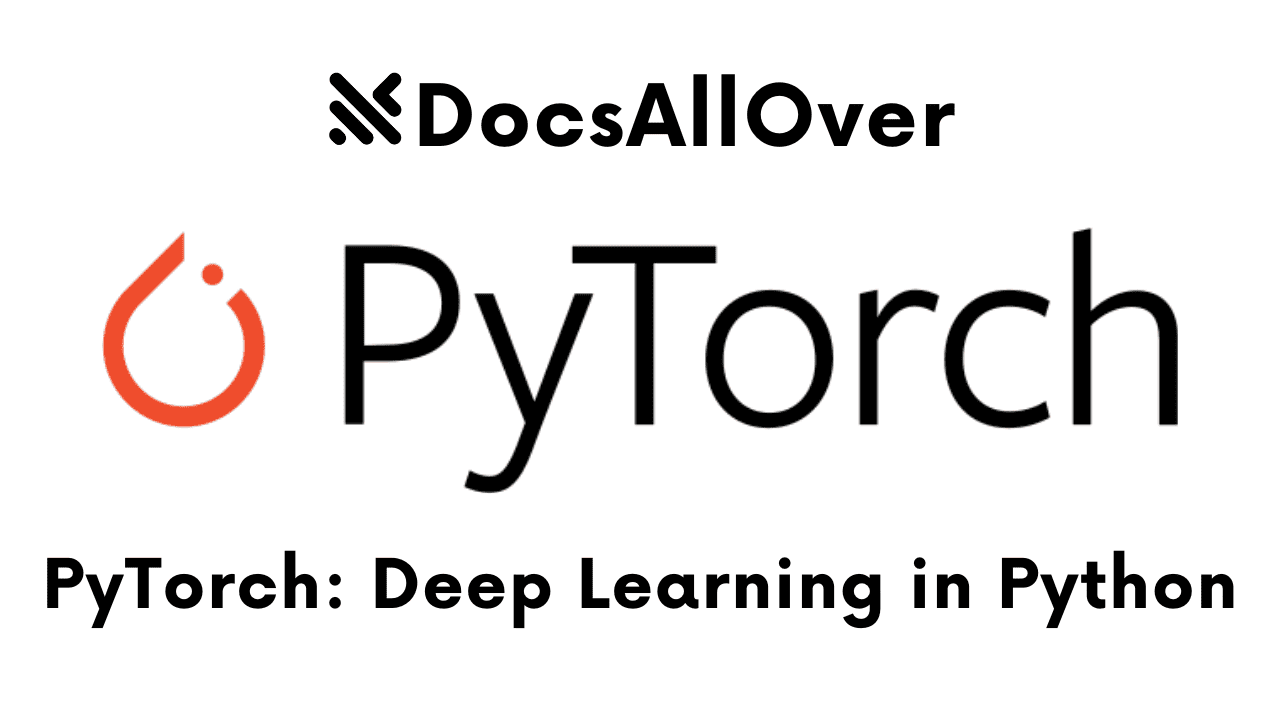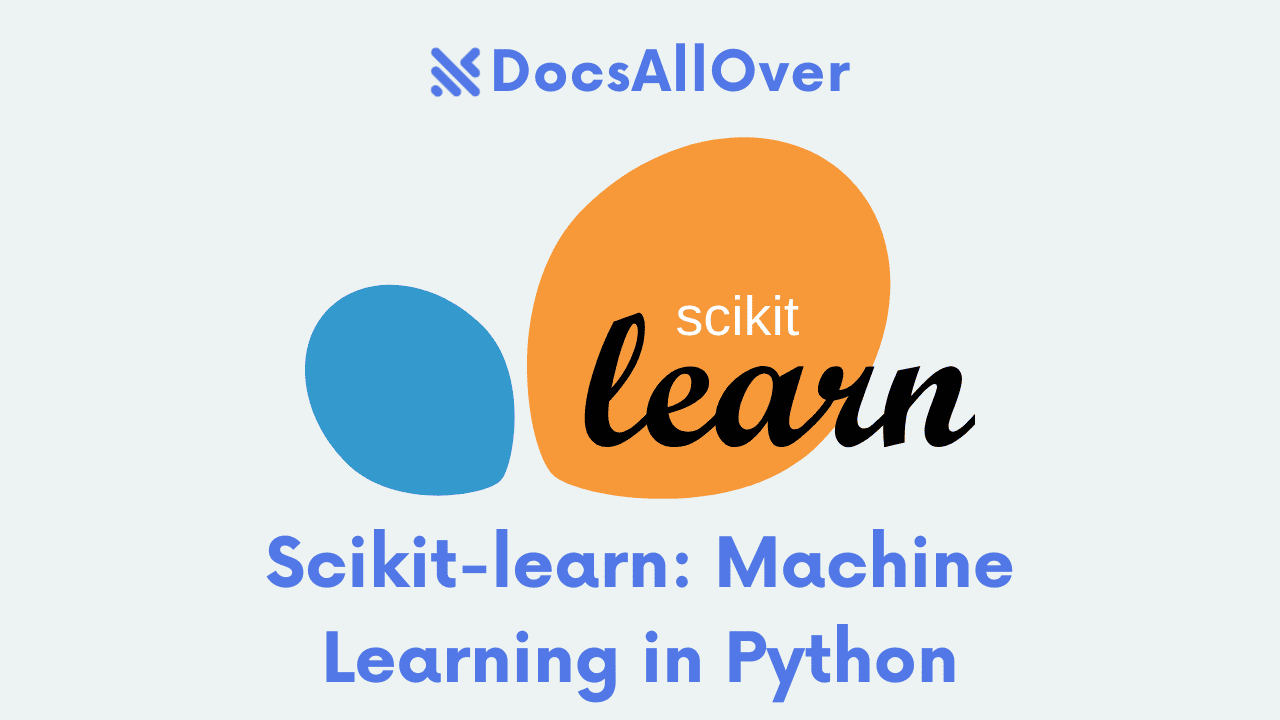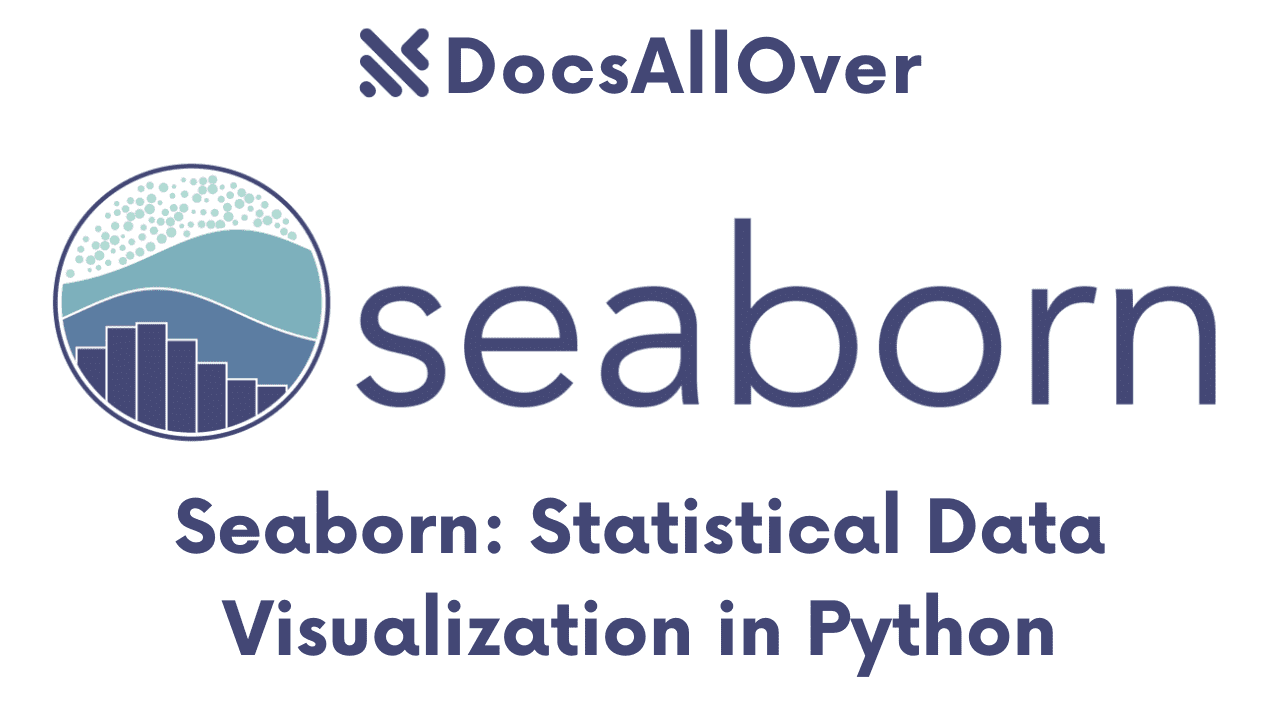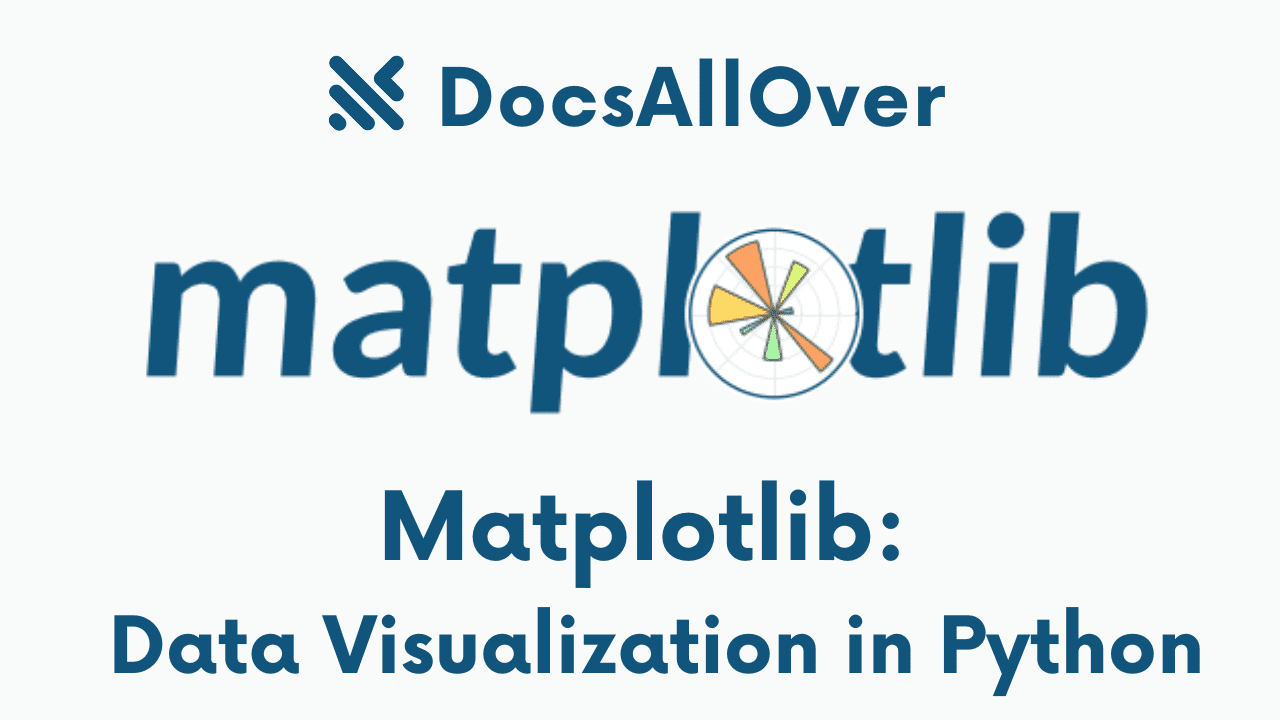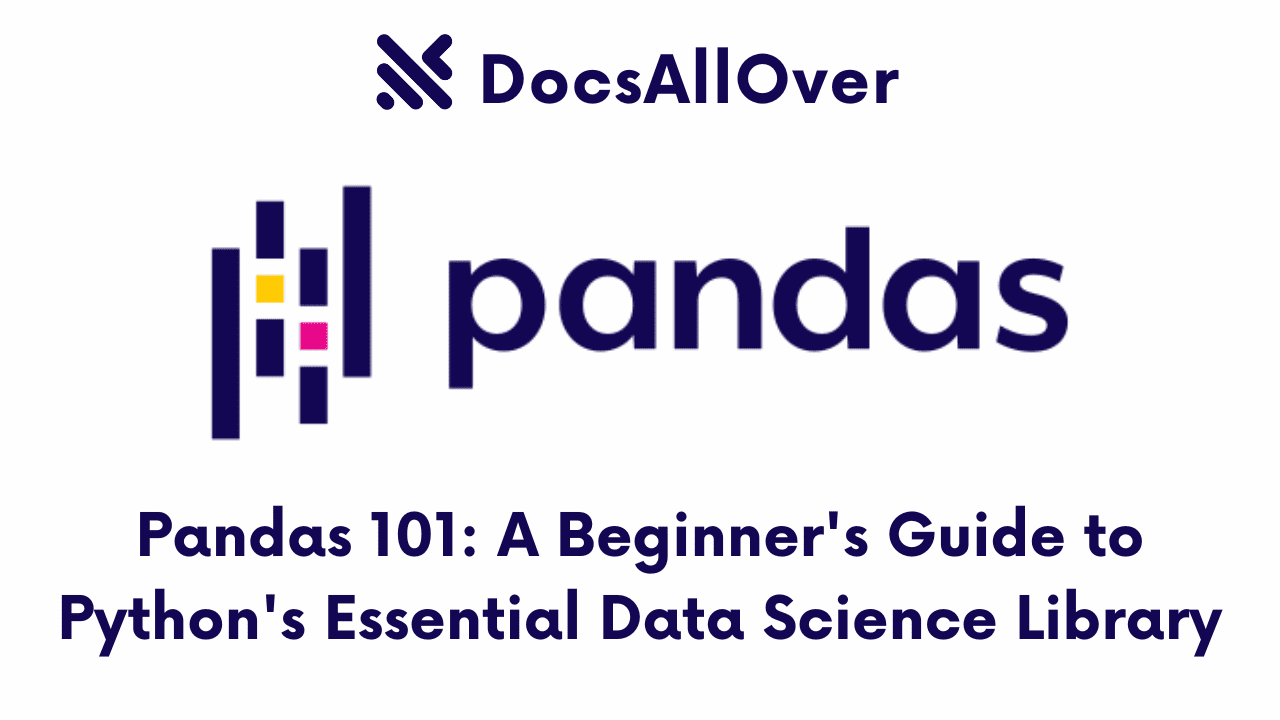TensorFlow: Deep Learning in Python
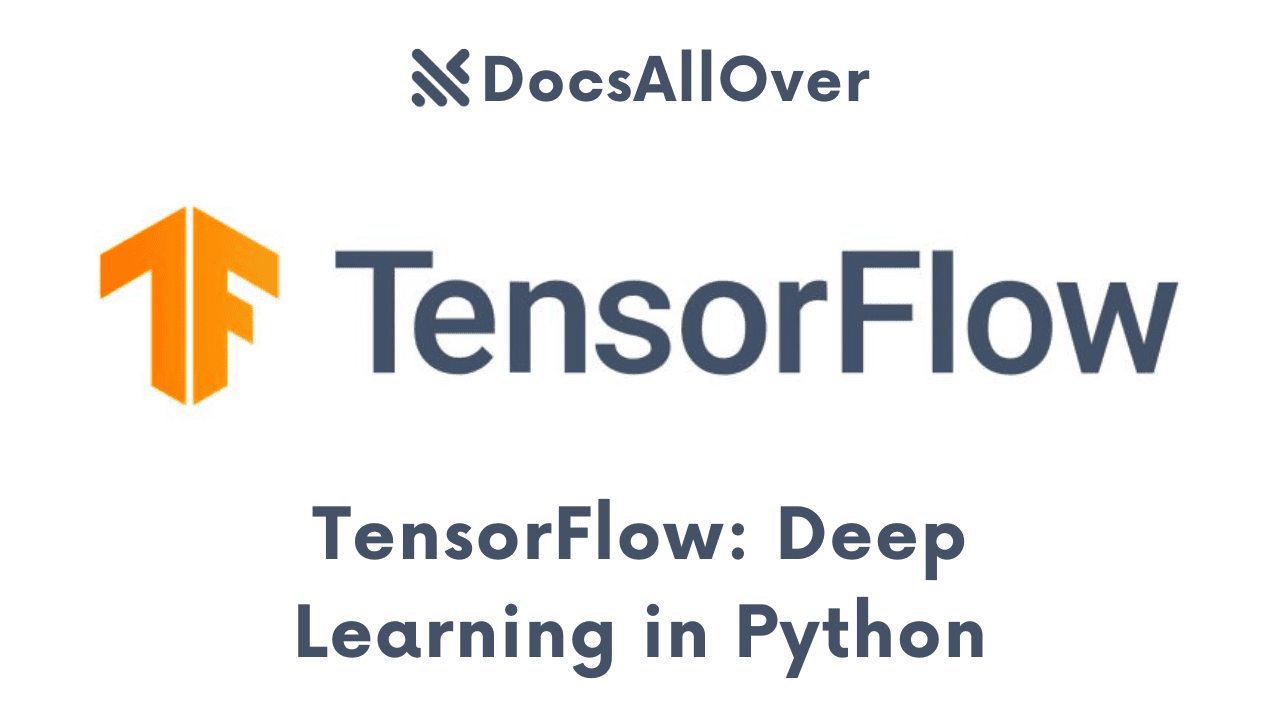
What is TensorFlow?
TensorFlow is an open-source machine learning framework developed by Google. It provides a flexible platform for building and deploying a wide range of machine learning models, from simple linear regression to complex deep neural networks.
Why TensorFlow?
- Flexibility: TensorFlow offers a high degree of flexibility, allowing you to build custom models and architectures.
- Scalability: It can scale to handle large datasets and complex models.
- Community Support: A large and active community provides extensive documentation, tutorials, and support.
- Keras API: Keras, a high-level API built on top of TensorFlow, simplifies the process of building and training deep learning models.
Setting Up the TensorFlow Environment
- Install Python:
Ensure you have Python 3.7 or later installed. You can download it from the official Python website.
- Install TensorFlow:
Use pip to install TensorFlow:
pip install tensorflow - Verify Installation:
Create a Python script and import TensorFlow:
If the installation is successful, you should see the TensorFlow version printed.
With TensorFlow installed, you're ready to start exploring the world of deep learning.
Core Concepts of Deep Learning
Artificial Neural Networks
Artificial Neural Networks (ANNs) are inspired by the structure and function of the human brain. They consist of interconnected nodes called neurons, organized into layers.
- Input Layer: Receives input data.
- Hidden Layers: Process the input data through multiple layers of neurons.
- Output Layer: Produces the final output, such as a classification or prediction.
Forward Propagation and Backpropagation
- Forward Propagation: Input data is fed forward through the network, activating neurons and producing an output.
- Backpropagation: The error between the predicted output and the actual output is calculated. This error is then used to adjust the weights and biases of the network through gradient descent.
Loss Functions and Optimization Algorithms
- Loss Functions: Measure the difference between the predicted output and the actual output. Common loss functions include:
- Mean Squared Error (MSE)
- Cross-Entropy Loss
- Binary Cross-Entropy Loss
- Optimization Algorithms: Adjust the weights and biases of the network to minimize the loss function. Common optimization algorithms include:
- Gradient Descent
- Stochastic Gradient Descent (SGD)
- Adam
- RMSprop
Getting Started with TensorFlow
Basic Tensor Operations
TensorFlow's core data structure is the tensor, a multidimensional array. You can perform various operations on tensors, such as:
Building and Training Neural Networks
TensorFlow provides tools to build and train neural networks. Here's a simple example of a neural network for classifying digits from the MNIST dataset:
Using the Keras API
Keras is a high-level API built on top of TensorFlow that simplifies the process of building and training deep learning models. It provides a user-friendly interface and abstracts away many of the low-level details.
Example:
By understanding these basic concepts and using TensorFlow's tools, you can start building and training complex deep learning models.
Deep Learning Applications
Deep learning has revolutionized various fields, enabling powerful applications. Here are some of the most prominent applications:
Image Classification
- Image recognition: Identifying objects within images (e.g., recognizing cats, dogs, cars).
- Image classification: Categorizing images into different classes (e.g., classifying images of flowers).
- Medical image analysis: Analyzing medical images to detect diseases.
Object Detection
- Identifying objects: Locating and identifying objects within images (e.g., detecting faces, cars, and pedestrians in a scene).
- Object tracking: Tracking the movement of objects over time.
Natural Language Processing (NLP)
- Text classification: Categorizing text into different classes (e.g., sentiment analysis, spam detection).
- Machine translation: Translating text from one language to another.
- Text generation: Generating human-quality text, such as articles, poems, or code.
Generative Models
- Image generation: Creating new images from scratch or modifying existing images.
- Text generation: Generating text, such as articles, code, or scripts.
- Music generation: Composing music.
Advanced Topics in TensorFlow
Transfer Learning
Transfer learning is a technique where a pre-trained model is used as a starting point for a new task. This can significantly reduce training time and improve performance, especially when working with smaller datasets.
How it works:
- Pre-trained model: A model trained on a large dataset (e.g., ImageNet).
- Feature extraction: Use the pre-trained model to extract features from your input data.
- New model: Build a new model with a few layers on top of the pre-trained model.
- Fine-tuning: Train the new model, adjusting the weights of both the pre-trained layers and the newly added layers.
Fine-tuning
Fine-tuning involves training a pre-trained model on a specific dataset to improve its performance on a particular task. This is especially useful when the new dataset is similar to the original dataset used to train the pre-trained model.
Model Deployment
Once a model is trained, it can be deployed to production to make predictions on new data. TensorFlow Serving is a popular platform for deploying TensorFlow models.
TensorFlow Serving:
- Model Serving: Deploys trained models as REST APIs.
- Version Control: Manages multiple versions of models.
- Scalability: Can scale to handle high traffic loads.
Model Optimization
To improve model performance and efficiency, consider the following techniques:
- Quantization: Reduces the precision of model weights and activations.
- Pruning: Removes unnecessary connections from the model.
- Knowledge Distillation: Trains a smaller, faster model to mimic the behavior of a larger, more complex model.
Best Practices and Tips
Model Optimization
- Regularization: Techniques like L1 and L2 regularization can prevent overfitting.
- Early Stopping: Stop training when the validation loss starts increasing.
- Batch Normalization: Normalize the input to each layer.
- Gradient Clipping: Clip gradients to prevent exploding gradients.
Hyperparameter Tuning
- Grid Search: Try different combinations of hyperparameters.
- Random Search: Randomly sample hyperparameter values.
- Bayesian Optimization: Use Bayesian statistics to efficiently explore the hyperparameter space.
Data Preprocessing
- Data Cleaning: Handle missing values, outliers, and inconsistencies.
- Feature Engineering: Create new features from existing ones.
- Data Augmentation: Generate more training data by applying transformations to existing data.
- Data Normalization: Scale features to a common range.
Debugging and Troubleshooting
- TensorBoard: Visualize the training process, model architecture, and performance metrics.
- Debugging Tools: Use debugging tools to inspect variables, step through code, and identify issues.
- Error Analysis: Analyze the model's errors to identify areas for improvement.
